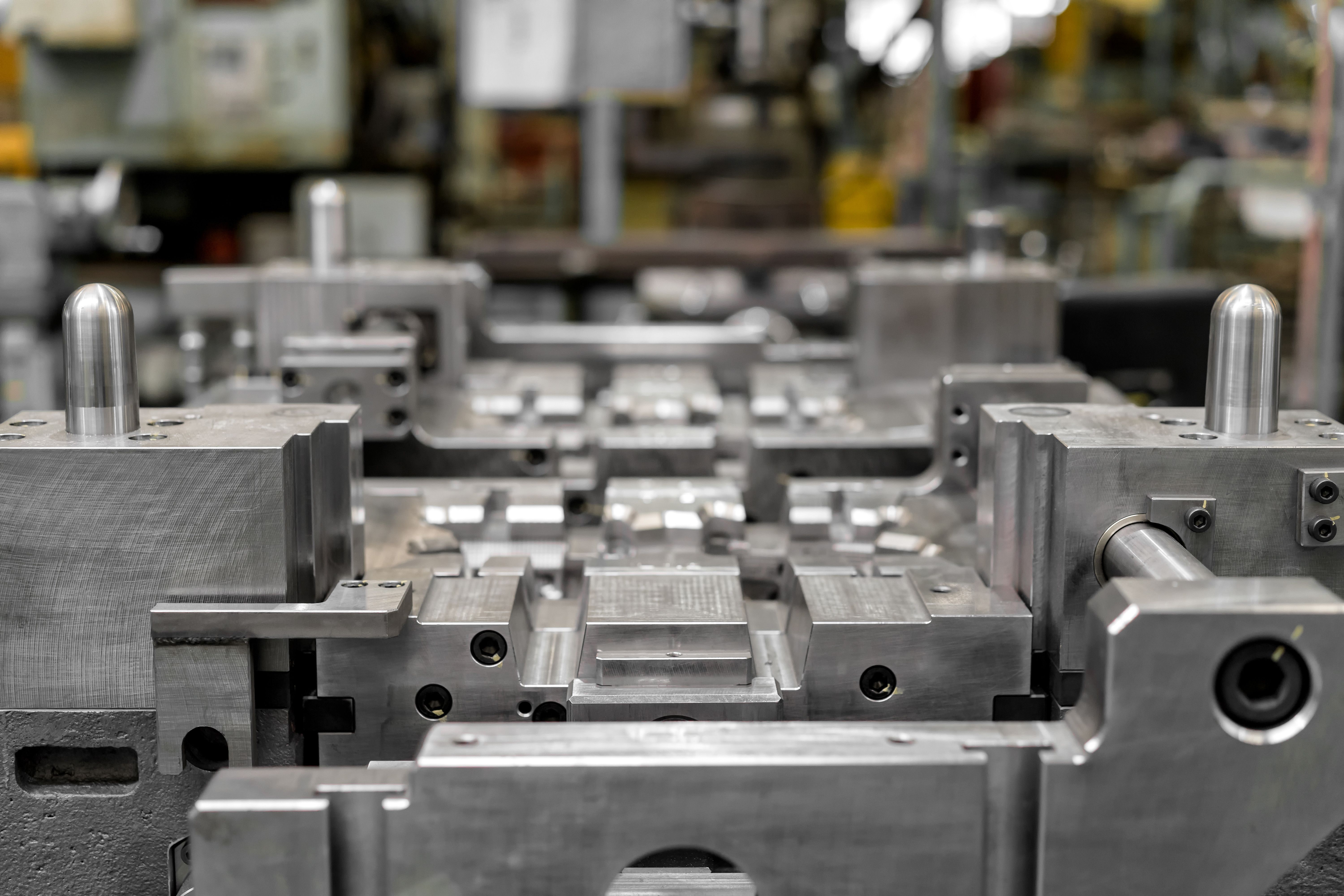Injection molding is a process with several distinct steps that each contribute to the quality of the finished product. The cooling step is a crucial one. Cooling occurs once the molten, liquid plastic material has been injected into the mold cavities. This is the step during which the material returns to a solid state, providing the form of the finished part.
An improper injection mold cooling process, then, will almost always result in part defects that require rework or discard. The cooling process is reliant on cooling channel design in the mold. If injection mold cooling system design is not done correctly, the following defects, problems and inefficiencies may occur:
- Uneven or insufficient cooling can lead to shrink or warp deformations throughout the part as areas cool at different paces. Proper cooling prevents parts from shrinking or warping.
- Cooling typically comprises up to 75% of cycle time, so it must be carefully controlled. Extra cooling time can exponentially increase cycle and production time.
- Part defects can detract from productivity if cycles need to be re-run or if rework is required to get deformed parts to spec.
- Part defects also increase the cost of production, eating into your bottom line.
Types of Cooling in Injection Molding: Two Options
There are two primary types of cooling in injection molding — traditional cooling and conformal cooling. Each one is built on the general concept of cooling channels through which a cooling agent (such as coolant or water) can flow. Yet each is also quite different in terms of execution and results:
- Standard/traditional cooling: Traditional cooling involves cooling channels machined into the mold tool through standard methods such as drilling or milling. Channels created with these processes are made in straight lines, though they may intersect or be enhanced with additional devices such as baffles and bubblers. Standard cooling channel design is best suited for parts with relatively simple geometries to help ensure the entire part is cooled effectively.
- Conformal cooling: With conformal cooling, injection molding for more complex parts becomes more accessible and effective. Conformal cooling is a way of introducing cooling channels that closely follow the geometry of more complex parts. This process helps these parts cool consistently — despite having difficult-to-reach areas.
Injection Mold Cooling System Design
There are several important factors to consider in cooling system design, regardless of which method is in use. Primary design factors include:
- Confirm that cooling channels are as close as possible to the thickest part of the mold cavity (i.e., the thickest part of the piece)
- Larger cooling channels should keep the same diameter throughout the mold
- Multiple smaller channels are better than a single large channel
- Consider heat transfer in mold material selection so that cooling is more effective
- Cool consistently in both halves of the mold
There are several design aspects of cooling channels that can help achieve good channel design. These include:
- Baffles: A baffle runs at a right angle to a main cooling line, and is shaped like a semicircle. It serves to increase the surface area that coolant can reach, as the coolant flows through one side of the baffle and out the other.
- Bubblers: A bubbler is a small channel running off a main channel that contains a tube. Like a baffle, it enables coolant to reach more surface area of the part. In a bubbler, coolant runs through the tube, then flows down the outside of the tube to return to the main cooling channel.
- Thermal pins: Thermal pins are filled with a fluid that cools by drawing heat from the mold, vaporizing, then condensing back to liquid as coolant reaches it. This cycle means that the process can continually repeat itself throughout each cycle.
With this understanding of the importance of cooling in injection molding — as well as the methods and designs through which effective cooling is achieved — you now have the knowledge to make a more informed decision about your mold design.
Crescent Industries offers extensive expertise in all cooling methods and mold design techniques. We are ready to work with you to determine the most efficient and effective design to achieve production efficiency and quality. Contact Crescent Industries today for more information.
Resources:
https://info.crescentind.com/blog/why-you-must-optimize-cooling-and-venting-in-plastic-injection-molds
https://sealectplastics.com/news/choosing-the-right-cooling-method-is-the-key-to-cycle-time-reduction
https://upmold.com/injection-mold-cooling-design/
https://www.moldmakingtechnology.com/articles/fundamentals-of-designing-the-optimal-cooling-system
https://www.moldmakingtechnology.com/articles/mold-cooling-options


